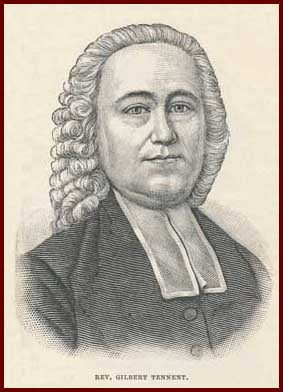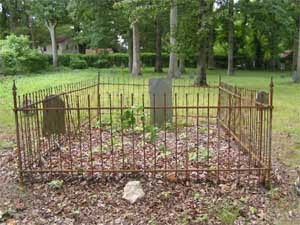An Old Side Presbyterian Plants Numerous Churches
One would need a firm grip on God’s sovereignty to live and minister in the early days of our country. It was true that countless Scot-Irish families resided throughout the regions of colonial America. But it was also true that whereas there were many members of the Presbyterian faith, under-shepherds to care for them were few indeed. So when a colony of Presbyterians found a pastor, he usually stayed a long time. Such was the case for the Rev. Adam Boyd.
Born in Ballymoney, Ireland in 1692, he moved first to New England in either 1722 or 1723. Recommended by the venerable Cotton Mather, he was called by the Scots-Irish people at Octoraro and Pequea, Pennsylvania churches. Ordained to the gospel ministry on October 13th, he began his ministry to the people of this new colony. It was an extensive field of labor, to which by foot and horseback, he visited the people faithfully as he cared for the spiritual needs.
A week after his ordination, at the age of thirty-two, he married Jane Craighead, the daughter of their first pastor, Rev. Alexander Craighead. From their marriage, ten children—five sons and five daughters—were born.
In 1741, a schism occurred in the infant Presbyterian Church, between what became known as the New Side and Old Side Presbyterians. Rev. Boyd stayed with the Old Side Presbyterians, even though many of his congregation favored the revivalist approach of the New Side branch. Eventually, a fair number left his ministry and began a New Side Presbyterian congregation in New Brunswick, New Jersey. He was forced to leave the remnant which was left and minister to the Brandywine Presbyterian Church, which was Old Side Presbyterian. When differences were finally mended and Old Side and New Side reunited in 1758, the two branches of the Octorora church came back together and were one church again.
Even though he was Old Side Presbyterian, it was said that he in his forty-four years started 16 daughter and “granddaughter” churches. Here was an Old Side minister who defied the typical impression that the Old Side was opposed to planting new churches. Rev. Boyd would go to be with the Lord on November 23, 1768, at 76 years of age.
It was said on his tombstone that he was “eminent for life, modest purity, diligence in office, possessing prudence, equanimity, and peace.”
View a photograph of Rev. Boyd’s gravesite, here.
Words To Live By:
It is so easy to put both men and movements into nice neat little pockets. You know, all the New Side Presbyterians of that sad schism in the American Presbyterian church were gifted in evangelism and revival (and indeed many were!), while the Old Side Presbyterians were so focused on doctrine that they could not be bothered to engage in evangelism. Such are stereotypes, while the truth is more nuanced. Adam Boyd, for one, breaks the stereotype, an Old Side Presbyterian who planted a dozen and more congregations in his forty-four year ministry. Jesus said in John 7:24! “Do not judge by appearances, but judge with righteous judgment.” What seems to be so, may not be so. Be careful.




![Rev. Gilbert Tennent [5 February 1703 – 23 July 1764]](https://thisday.pcahistory.org/wp-content/uploads/2013/02/tennentGilbert-238x300.jpg)